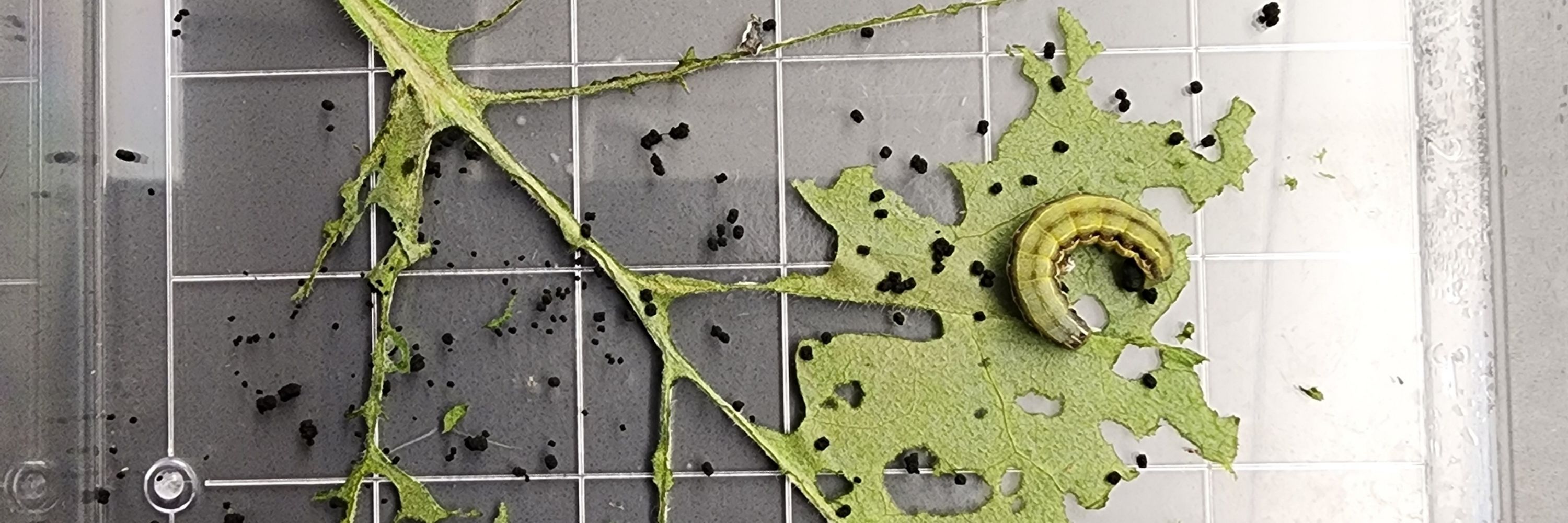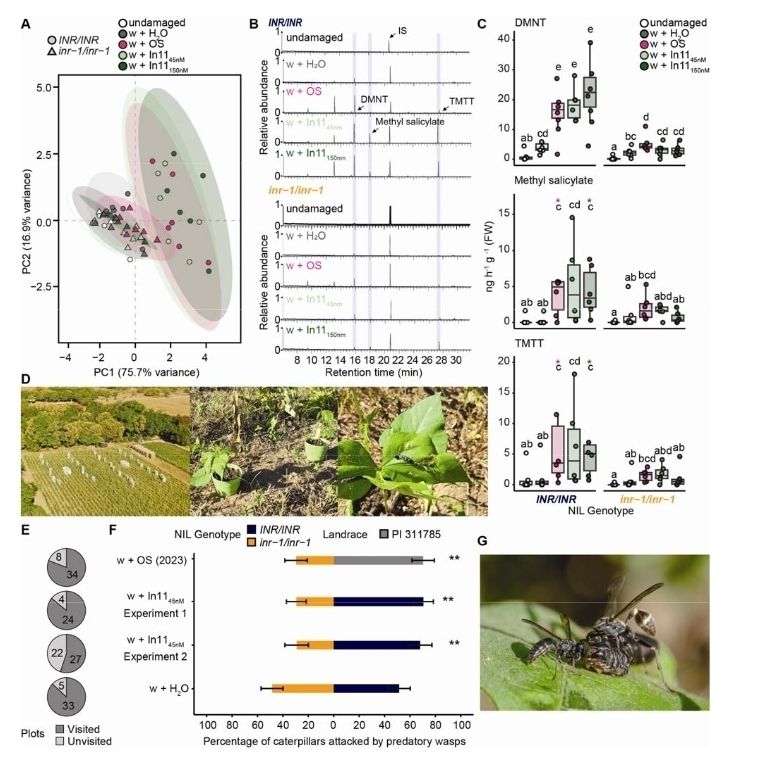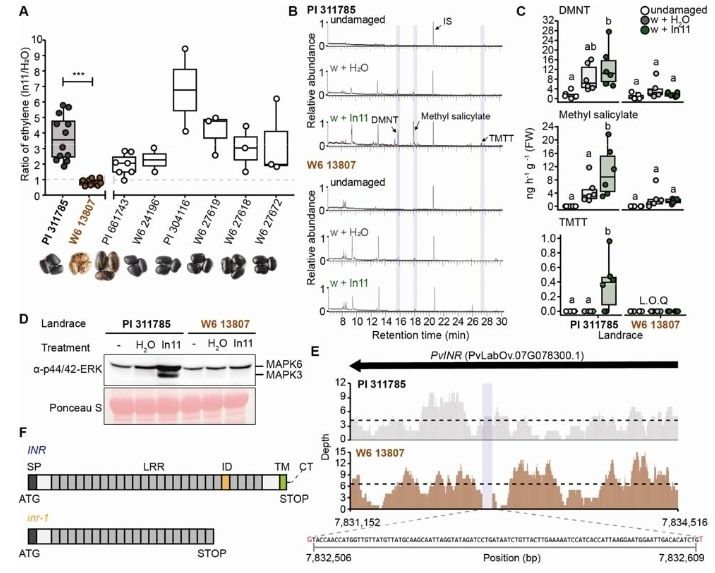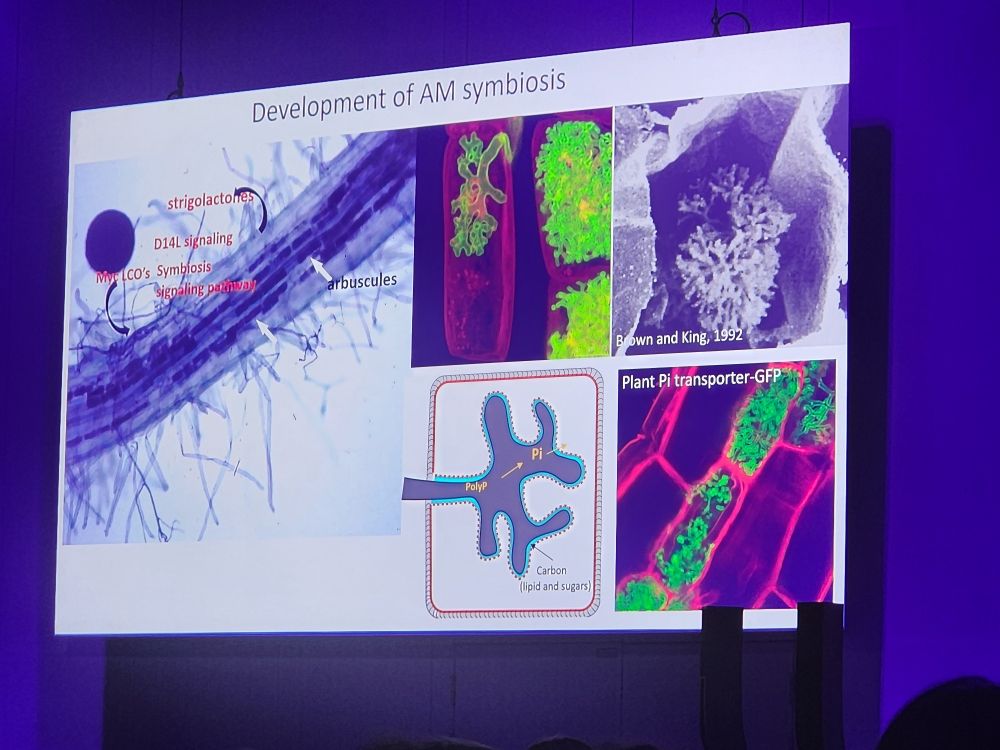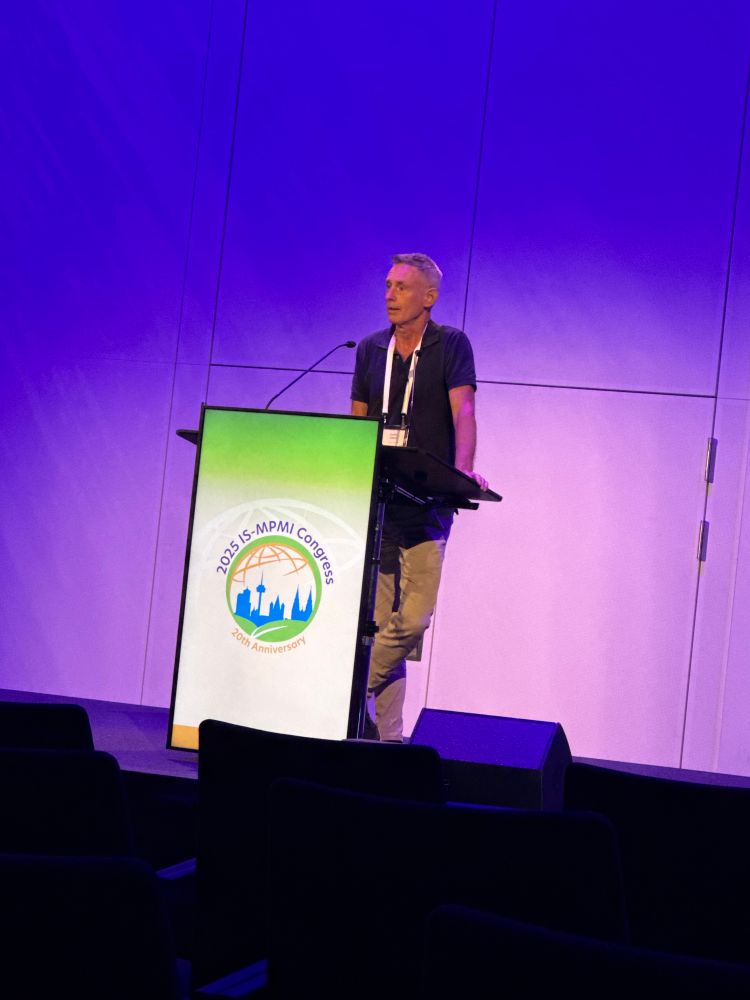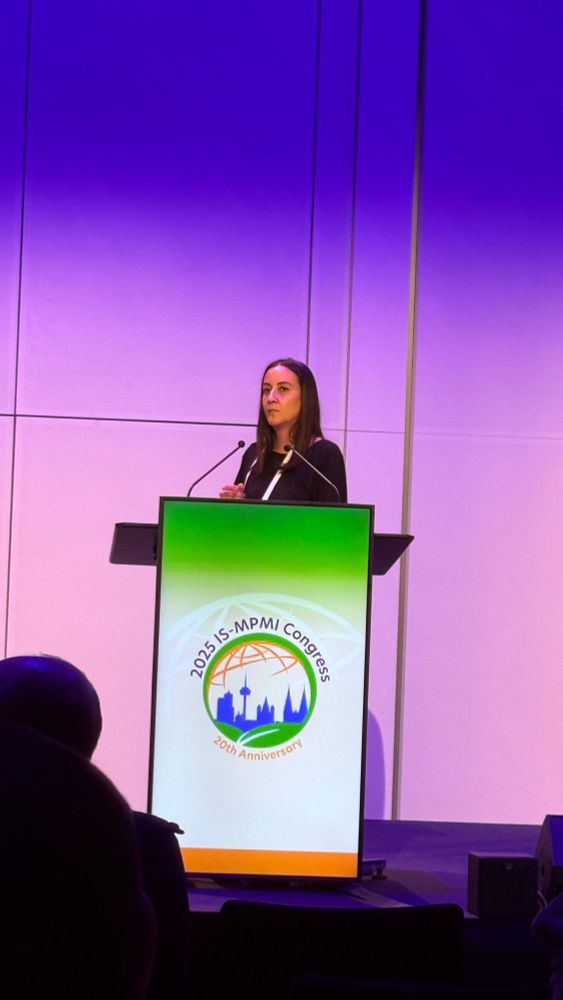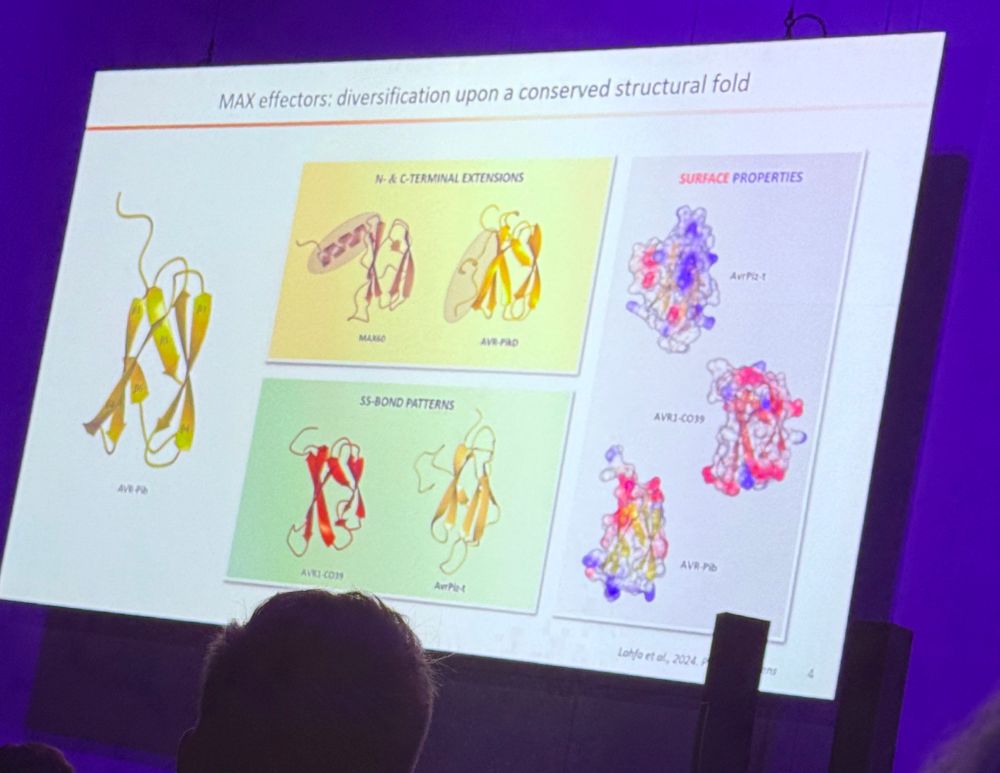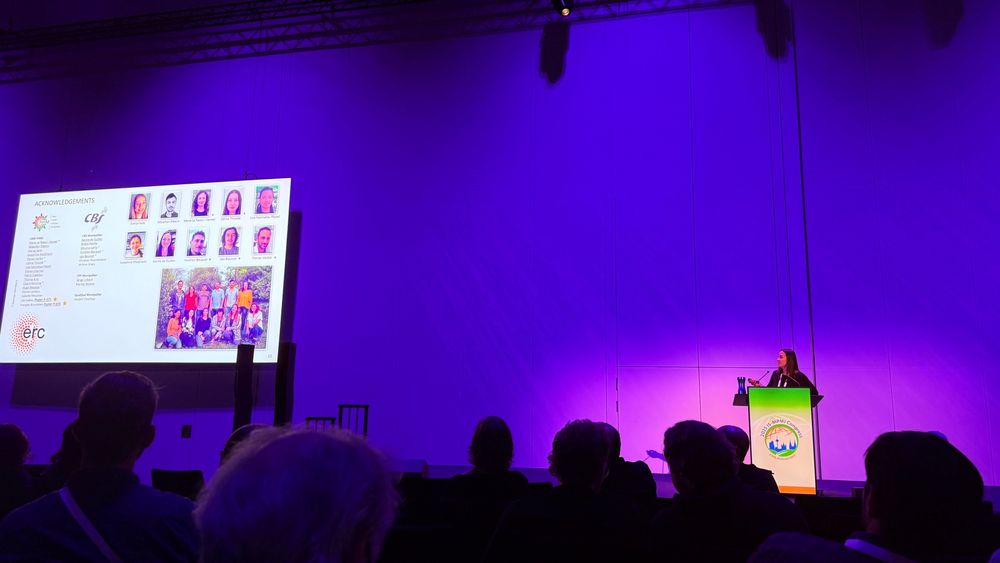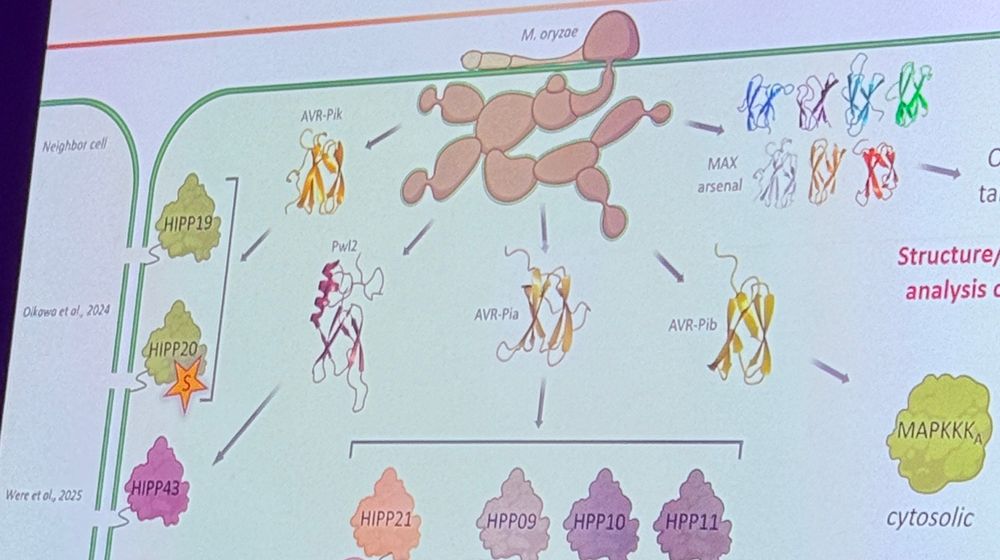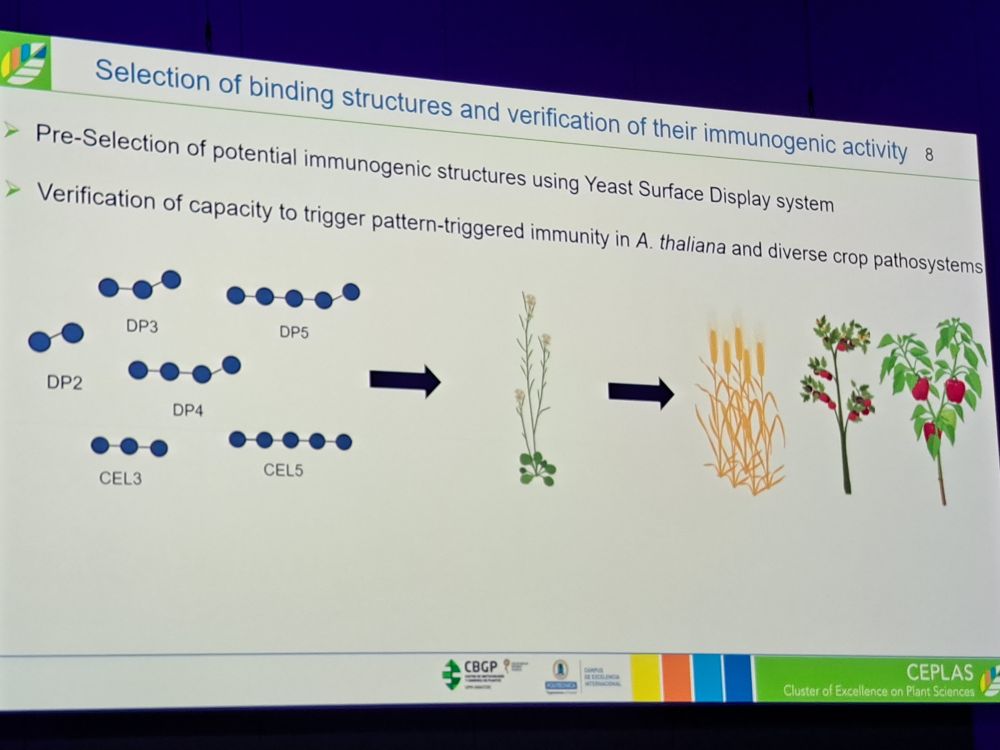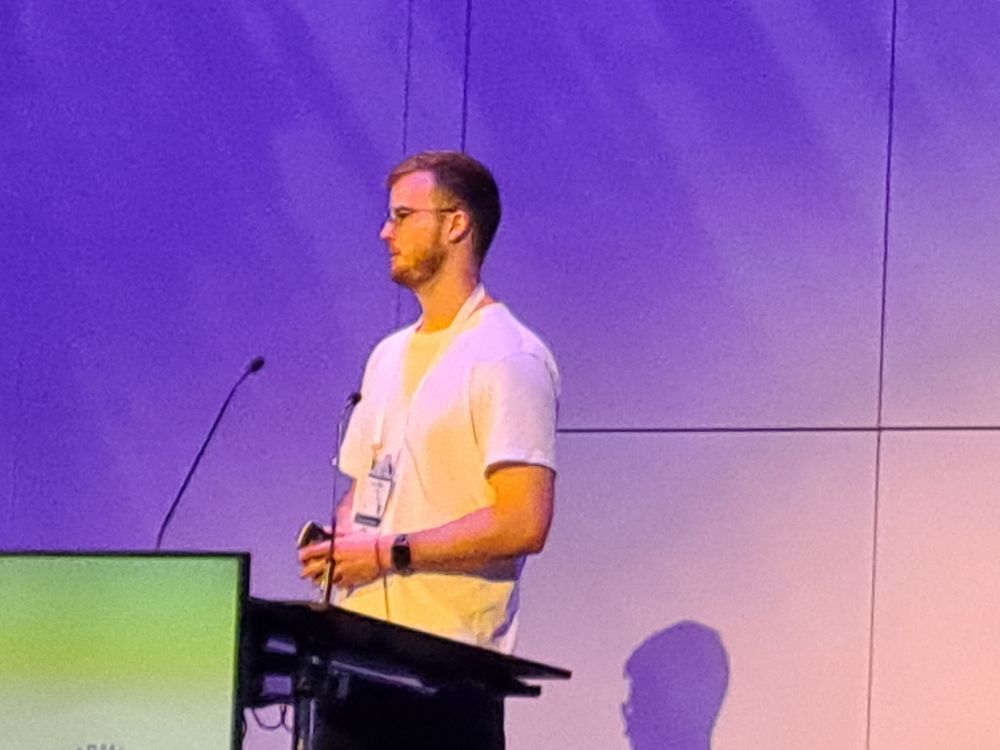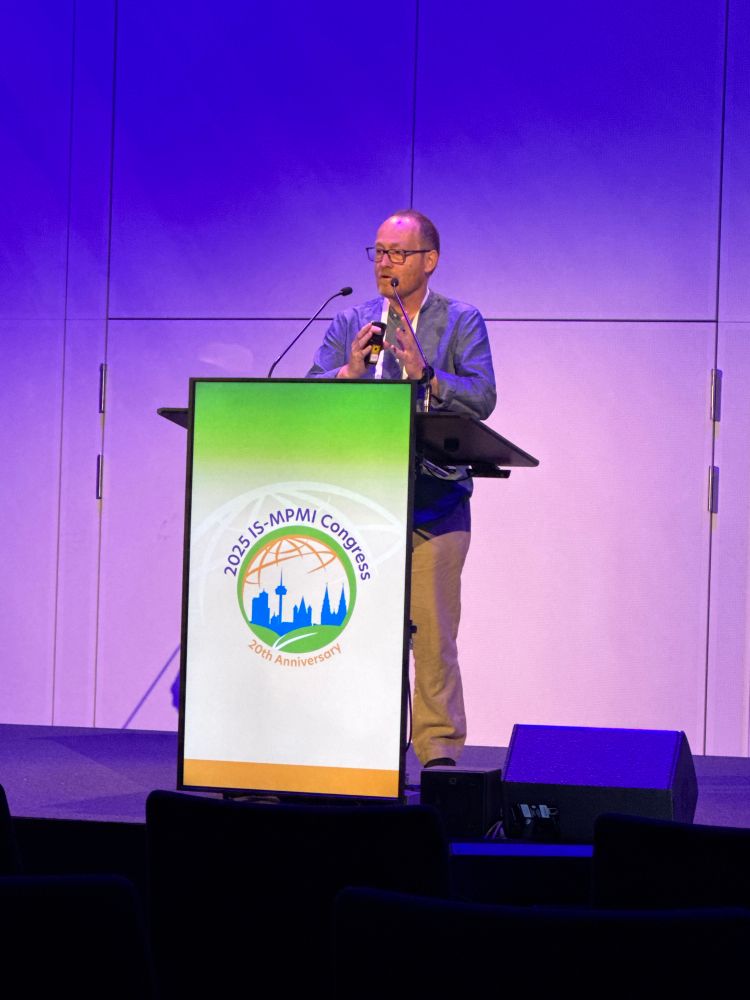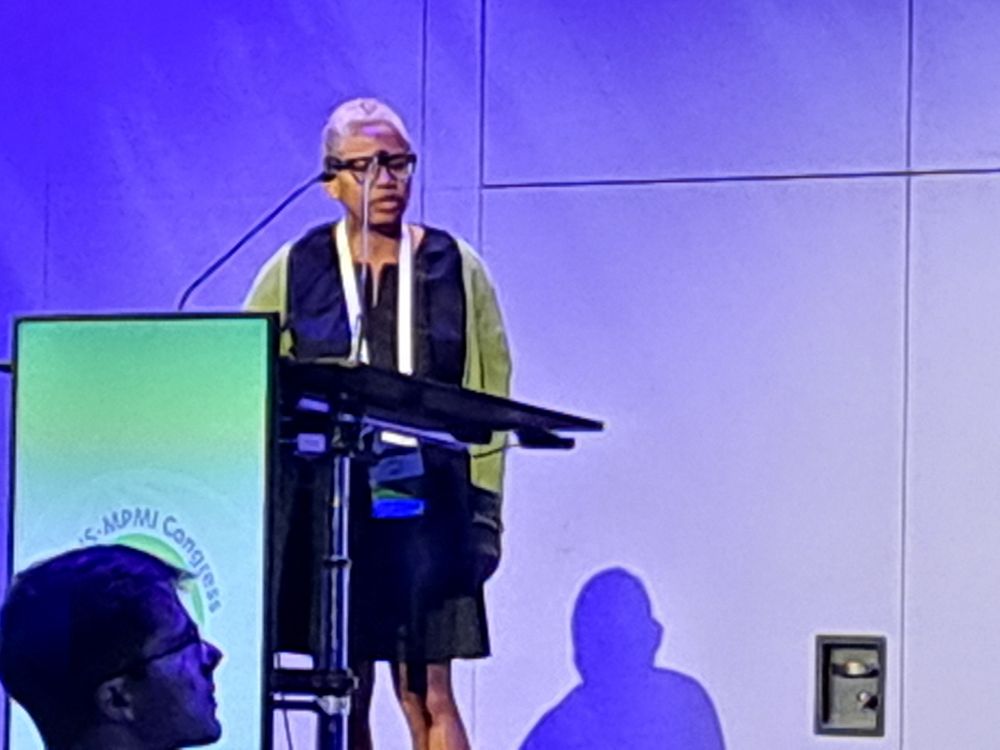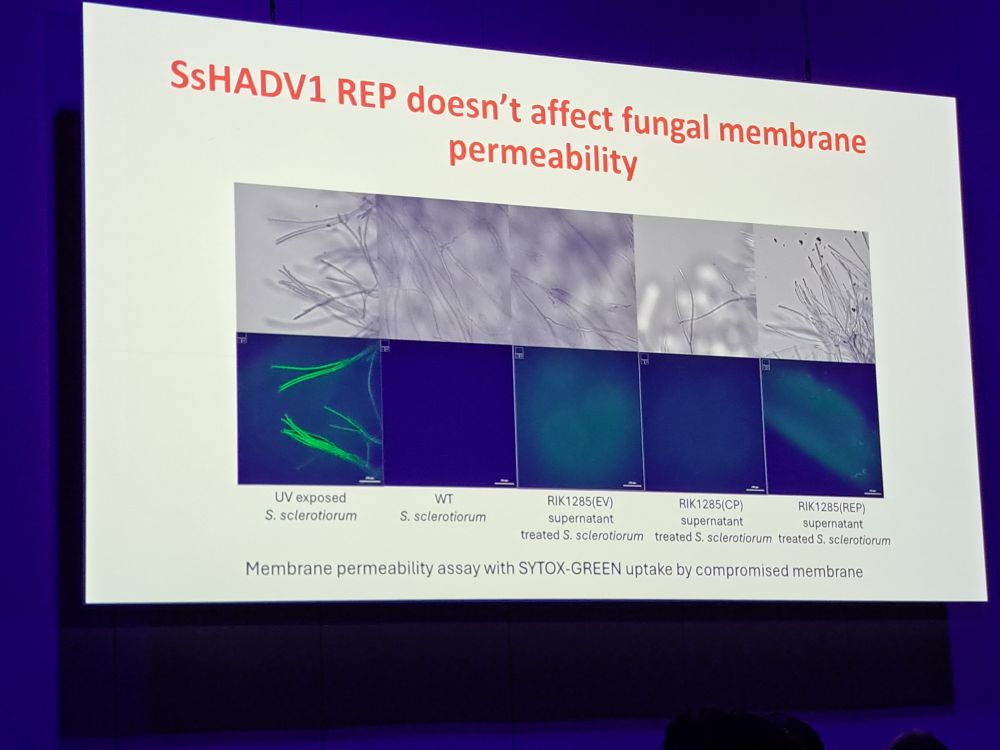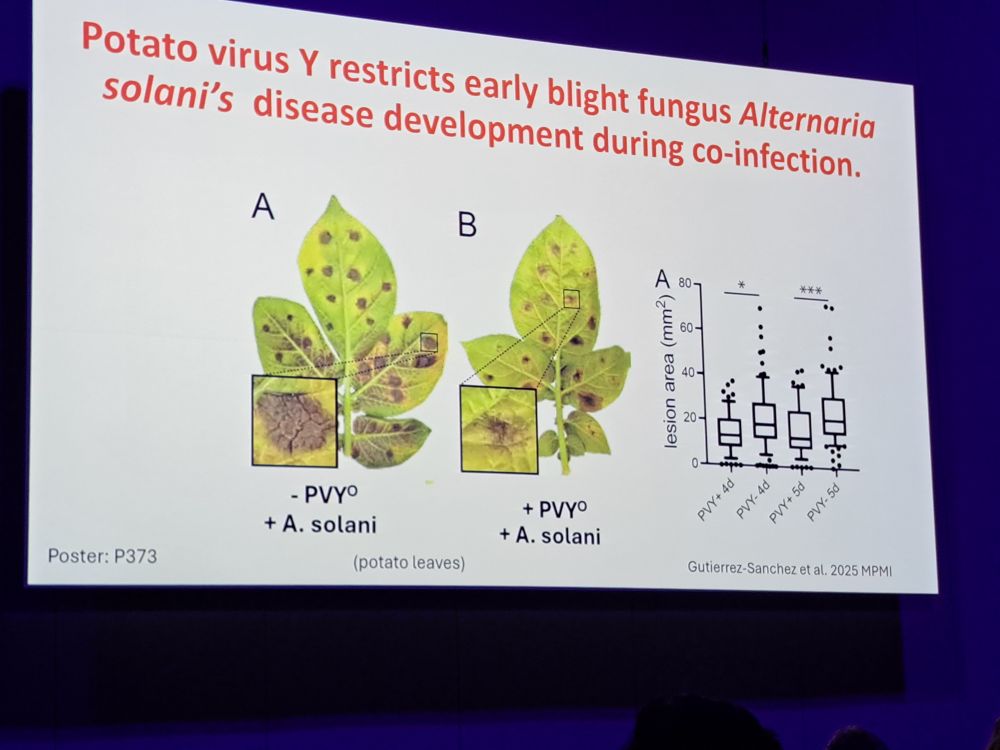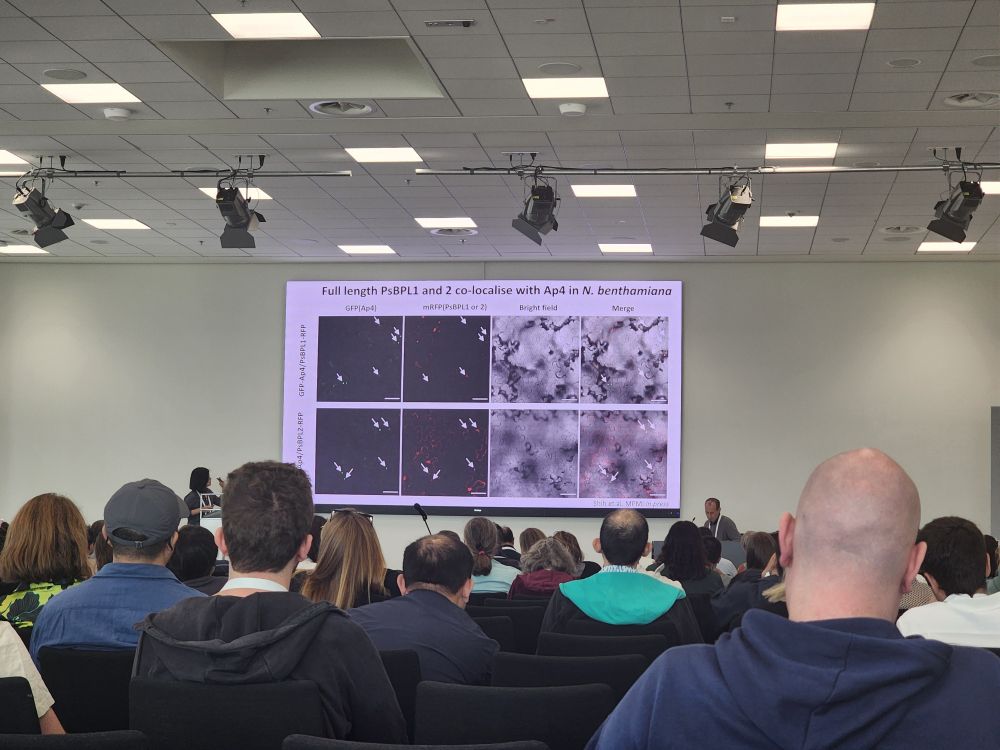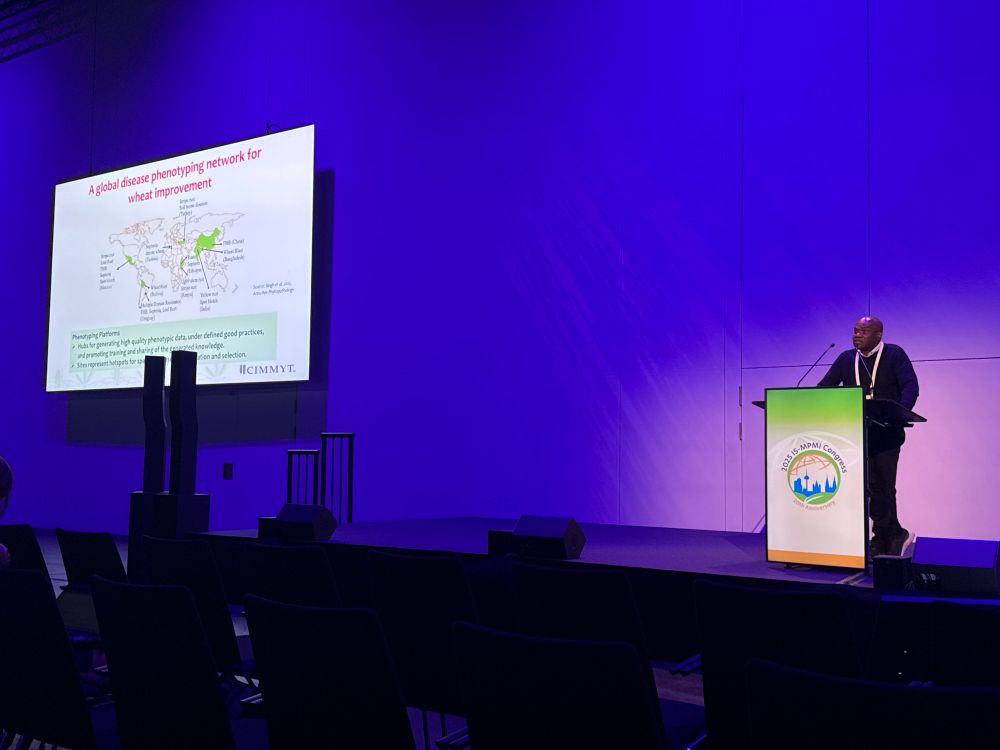Natalia Guayazán Palacios
@nataliagupa.bsky.social
230 followers
510 following
33 posts
Incoming postdoc @salkinstitute. pattern recognition receptors, small peptides, proteases, and MPMI. Alumnus @UWbiology USDA-NIFA predoctoralfellow, @Uniandes @CienBiolAndes
Posts
Media
Videos
Starter Packs
Pinned
Reposted by Natalia Guayazán Palacios
Reposted by Natalia Guayazán Palacios
Reposted by Natalia Guayazán Palacios
Maria Mineiro
@mariamnro.bsky.social
· Jul 27
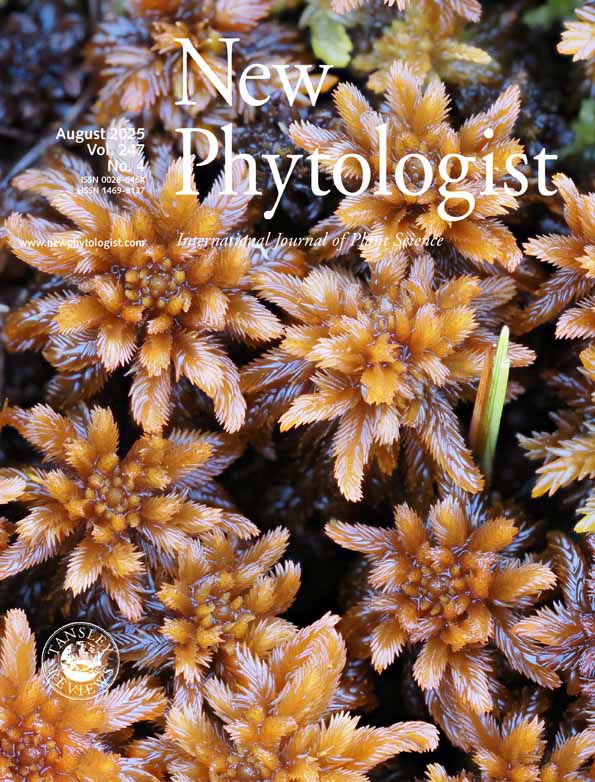
The glutamate receptor‐like GLR2.7 modulates insect egg‐induced defense responses in Arabidopsis
Upon perception of insect eggs, Arabidopsis thaliana activates a generic immune response that culminates in cell death (hypersensitive-like response (HR-like)). While this response can subsequently .....
nph.onlinelibrary.wiley.com
Reposted by Natalia Guayazán Palacios
Reposted by Natalia Guayazán Palacios
Reposted by Natalia Guayazán Palacios
Reposted by Natalia Guayazán Palacios
Reposted by Natalia Guayazán Palacios
Reposted by Natalia Guayazán Palacios
Reposted by Natalia Guayazán Palacios
Reposted by Natalia Guayazán Palacios
